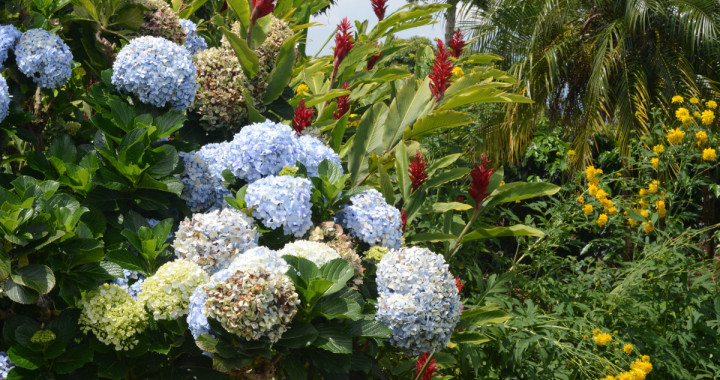A couple of weeks ago, I gave myself a challenge: within the course of one hour, how many mobile application ideas could I come up with?
An hour later, I set down my pencil, and seventeen ideas were on the page before me. Some were practical (Hydr.io, an ARkit-powered tool to measure how much water you drink each day), some were ridiculous (Apocalypse, an algorithm to compare the daily news with various religious end-of-the-world scenarios and predict the most likely), and some were too embarrassing to publish.
One, though, that I kept coming back to, was a beekeeping app I call “Hive Hero.”
First, I don’t know a thing about bees. I know that we need to save the bees and that honey is delicious in my tea. I’ve seen the white beekeeping space suits on TV and on YouTube, and that’s about it. But there’s been a big movement lately towards both environmental stewardship and farm-t0-table food, and I imagine beekeeping is an accessible way to jump in.
With that in mind, here is a rough UI sketch of some features that Hive Hero could have. Let’s break it down clockwise by box (which represents an iPhone screen).
1. Splash screen
The idea of a round, geometric design theme for Hiver feels organic and reminds me of honeycomb. I’ve also been exploring making the round logo a “start” button for Listen, the primary feature (a la GasBuddy).
2. Home
Here you can see a simple series of icons for quick access to the app’s features. On top, you see a search bar and a notification center—not revolutionary, but hopefully at least intuitive. Down below, you see links to the main features: Listen, Profile, Log, Explore (formerly known as Resources), and on the bottom, a quick swipe up will enter the in-app camera screen.
3. Profile
Beekeepers are proud of their craft, and since local environmental changes and other issues will affect beekeepers in close proximity, I included social connection as a primary feature of the app. Like GoodReads or LinkedIn, the social side of Hiver is designed to provide beekeepers with a support network, especially in their neighborhood (where it matters most).
Some functionalities built into the profile include users’ basic photo and start date, with records of active and past hives. This integrates with the Log feature, which we’ll discuss soon.
4. Notifications
Ideally, Hiver would have an in-house team of investigators and reporters to publish original content, but since most relevant data would exist at a local or hyper-local level, aggregating local alerts seems more feasible. This could include smog alerts and storm warnings from local news stations as well as data published by the ecology or entomology departments of a local university. Pulling all (and only) relevant information quickly would require either an excellent editorial team or a highly sophisticated algorithm, likely beyond what currently exists. But it’s worth it, because it’s all for the bees.
5. Listen
The cornerstone of Hiver has no scientific basis as far as I know, but bear with me. What if, in a post-Shazam era, software could assess the size and health of a beehive through a short audio clip? The Listen feature allows users to quickly record their hive and quickly add the audio to the Log or, more critically, share with other users or the Hiver support team. The reason audio files were chosen over video is that they are better suited for sharing in rural areas with limited service, and could get users feedback much more quickly. A video feature could be added in the future, however.
6. Log
The log is an interactive notepad with a similar interface to mobile Outlook. Unlike Outlook emails, logs that contain attachments (photo and audio) which remain visible from the thumbnail.
7. Explore
Listed as “resources screen” on the sketch, the Explore feature is a mobile, topical beekeeping guide in your pocket. The entirety of the mostly-text document remains local to users’ phone and requires no internet to leaf through (and search). The content remains fairly static, although it should be updated about once a year to reflect new developments in the field.
8. Connect
The Connect screen takes cues from LinkedIn and Tinder, showing you a flow of faces sorted by their proximity to you. Buttons on the left side enable quick access to group pages and favorite contacts. A search feature makes finding and inviting friends quick and easy.
That’s it so far! I might revisit this later and use InVision and/or Sketch to create a better wireframe. We’ll see.
Additional features to explore:
- Customizable privacy settings
- Groups
- Search (for people and resources)
- E-commerce platform (where beekeepers can sell their honey)
Until next time,
Emily
